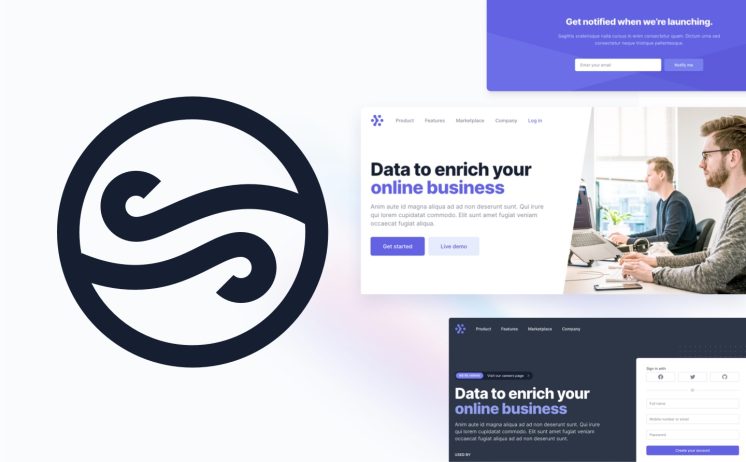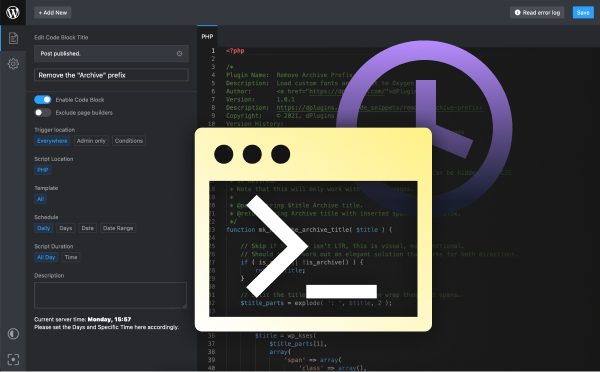The Block Editor Handbook is an essential resource for WordPress users who want to learn how to work with the new block editor interface. It provides a comprehensive guide to all of the features, options, and tools available in the block editor, and how to use them to create powerful and engaging content. It covers topics ranging from the basics of adding and styling blocks, to more advanced topics such as creating custom blocks and working with the block directory. With this handbook, you’ll be able to create beautiful, powerful content with the block editor in no time.
Exploring the Benefits of Using the Block Editor Handbook for WordPress.
Do you want to take your WordPress website to the next level? The Block Editor Handbook for WordPress is here to help! This comprehensive guide will show you how to use the block editor to create beautiful and engaging content. The Block Editor Handbook for WordPress is an essential resource for WordPress users of all levels. Whether you’re just getting started or have been working with WordPress for a while, this handbook will help you create stunning websites. With easy-to-follow tutorials, you’ll learn how to make the most of the block editor and its powerful features. With the block editor, you can create beautiful designs with ease. You can use the blocks to create posts, pages, and even create custom layouts for your site. You can also add media, such as images and videos, to your posts and pages with just a few clicks. The block editor also allows you to personalize your content with additional features such as custom backgrounds, text styles, and more. The Block Editor Handbook for WordPress will also teach you how to customize your site to reflect your own style. You can change the color scheme, font size, and more with just a few clicks. This makes it easy to create a unique and professional look for your website. The Block Editor Handbook for WordPress will also show you how to create a user-friendly experience for your visitors. You can add interactive elements such as forms, galleries, and more to make your website more engaging. You can also create custom menus and navigation so your visitors can find what they’re looking for quickly and easily. With the Block Editor Handbook for WordPress, you can create a website that is both functional and eye-catching. With its easy-to-follow tutorials and helpful tips, you’ll be creating stunning websites in no time. So why wait? Get started today and take your WordPress website to the next level!
Five Essential Tips for Getting Started with the Block Editor Handbook.
1. Familiarize Yourself with the Block Editor: Take some time to explore the Block Editor and get to know how it works. Learn about the different block types, where to find them, and how to use them.
2. Get Creative: Experiment with different layouts, colors, and fonts to make your content stand out. Don’t be afraid to try something new and have fun with it!
3. Use Appropriate Blocks: Make sure to use the right block type for the content you are creating. This will ensure that the content looks good and is easy to read.
4. Utilize the Tools: Don’t forget to take advantage of the various tools available in the Block Editor. These tools can help you create more engaging content and make your posts look more professional.
5. Take Your Time: Don’t rush when creating your content. Take your time to make sure that everything looks as it should and that you are happy with the end result.
How to Optimize Your Website with the Block Editor Handbook.
Welcome to the Block Editor Handbook! The Block Editor is an incredibly powerful tool that allows you to create and optimize your website quickly and easily. With the Block Editor, you can design beautiful, modern and dynamic pages with little effort. In this handbook, we’ll explore the many ways you can use the Block Editor to optimize your website and make it stand out from the crowd. Let’s start with the basics. The Block Editor is a user-friendly, drag and drop system for creating pages. You can easily add blocks such as text, images, videos and links with just a few clicks. You can choose from a variety of pre-made templates or design your own page layouts from scratch. Best of all, with the Block Editor, you can make changes on the fly and see your page take shape almost immediately. Now that you have the basics down, let’s move on to more advanced optimization techniques. To maximize the impact of your website, you’ll want to consider things like SEO optimization, responsive design, and accessibility. SEO optimization helps make sure that your website appears in search engine results. Responsive design ensures that your website looks great on any device. And accessibility ensures that people with disabilities can still access and use your site. To make sure you’re taking advantage of all these optimization techniques, you’ll want to use the blocks and tools available in the Block Editor. For example, you can use the Heading block to create titles and subtitles that are optimized for search engines. You can also use the Image block to create responsive images that look great on any device. And the Link block makes it easy to create accessible links. Finally, don’t forget to make sure your website looks great and is easy to use. You can use the Spacer block to add white space between blocks and make your page look more organized. And the Columns block makes it easy to create beautiful, multi-column layouts. We hope this handbook has helped you understand how to optimize your website with the Block Editor. With a little practice and the right blocks, you’ll be able to create gorgeous, optimized pages that make a statement and drive more visitors to your site. So get creative and have fun!
How to Make the Most of the Block Editor Handbook’s Shortcode Support.
Welcome to the wonderful world of shortcode support on the Block Editor Handbook! Shortcodes are a great way to add powerful functionality to your WordPress site, and the Block Editor Handbook is here to help you make the most of them. So, what are shortcodes? Simply put, shortcodes are snippets of code that you can insert into your post or page to quickly add some extra flair. They can be used to add images, videos, contact forms, and more. With the help of the Block Editor Handbook, you can easily create and use shortcodes on your site. The first step is to select the shortcode you want to use. You can find a variety of shortcodes in the Block Editor Handbook, including basic ones like adding images, videos, and contact forms, as well as more complex ones that allow you to create custom layouts or perform calculations. Once you’ve chosen your shortcode, you need to add it to your post or page. This is done by simply typing in the shortcode’s name in the body of your post or page. For example, if you want to add an image, you can simply type in [image] and the image will be added to your post. Next, you’ll need to configure the shortcode. This can be done by adding attributes to the shortcode. Attributes tell the shortcode how you want it to behave. For example, if you’re adding an image, you can specify the size, alignment, and more. Finally, you may need to add custom CSS or JavaScript to make sure the shortcode looks and behaves the way you want it to. This is done in the “Custom CSS & JS” section of the Block Editor Handbook. Shortcode support on the Block Editor Handbook is a great way to quickly add powerful functionality to your WordPress site. With a few clicks, you can easily create and use shortcodes to add images, videos, contact forms, and more to your posts and pages. So get creative and have fun with shortcodes on the Block Editor Handbook!


